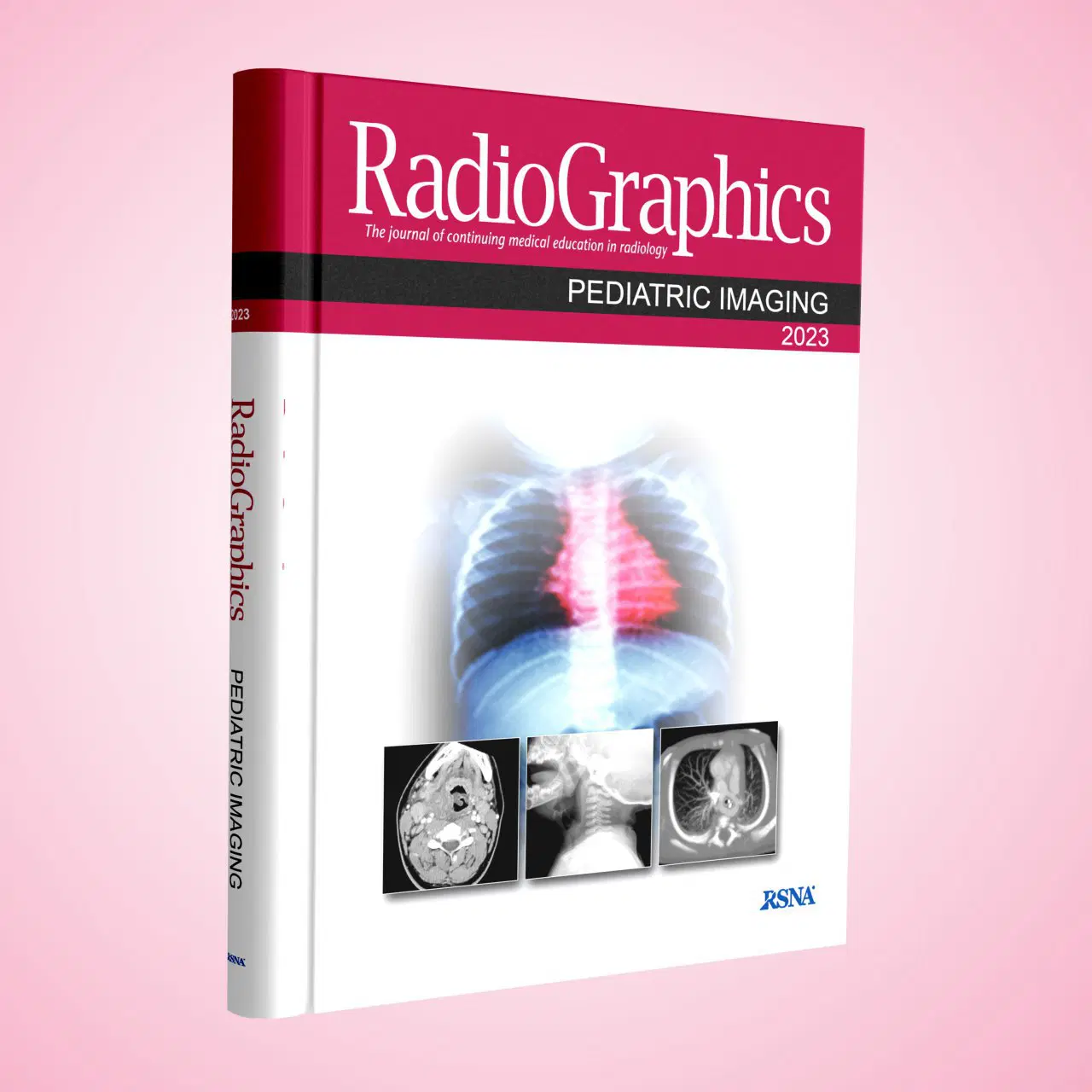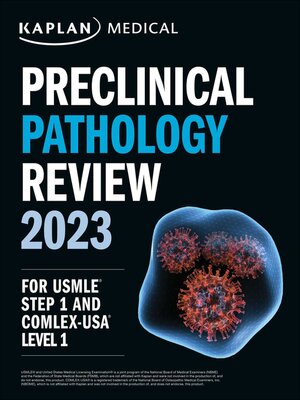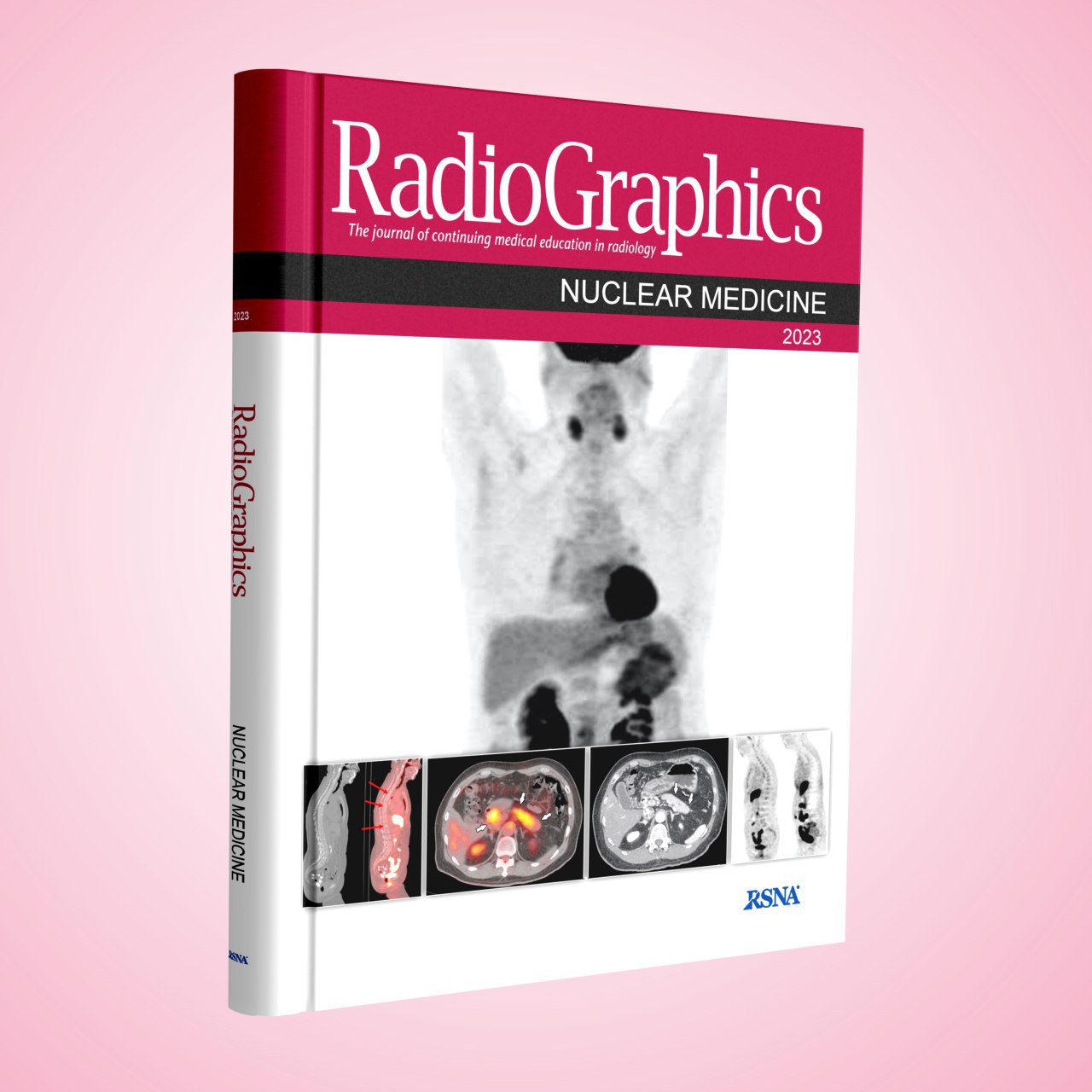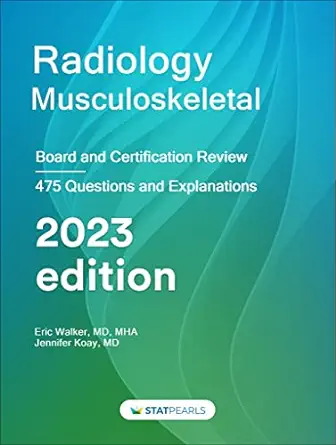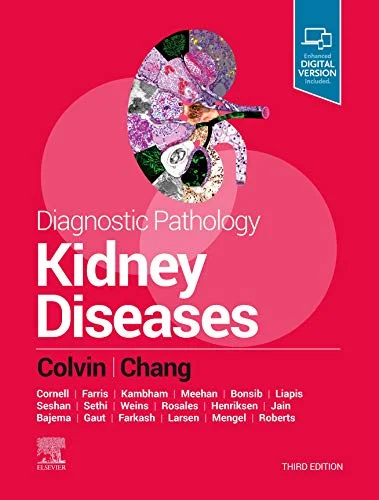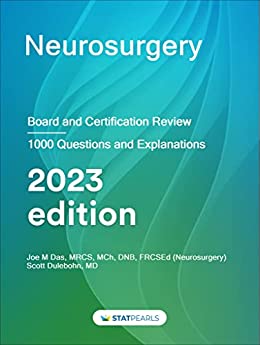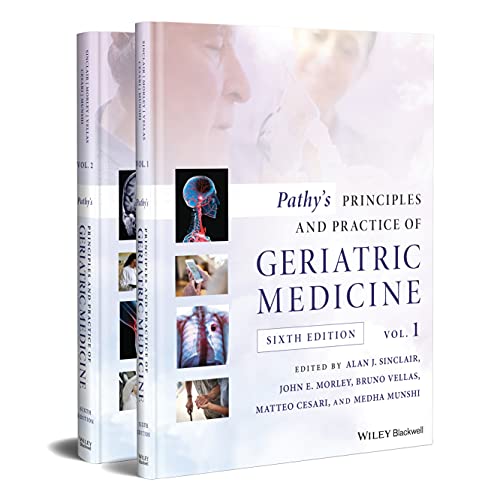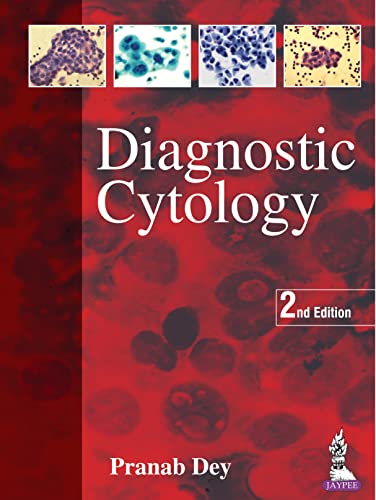Radiographics Neuroimaging 2023 (Vol. 43 Number 1-9)
Abstract
Arterial spin labeling is an emerging noninvasive MRI technique for assessing cerebral perfusion that uses magnetically labeled arterial water protons in blood as an endogenous diffusible tracer.
Radiographics Neuroimaging 2023 (Vol. 43 Number 1-9) Arterial spin labeling (ASL) is an emerging noninvasive MRI technique for assessing cerebral perfusion. An important advantage of ASL perfusion is the lack of a requirement for an exogenous tracer. ASL uses magnetically labeled water protons from arterial blood as an endogenous diffusible tracer. For this reason, ASL is an attractive perfusion imaging modality for children and for patients with contraindications or adverse reactions to gadolinium, patients with renal failure, and those who need repeated follow-up imaging. Another advantage of ASL is the possibility of quantifying cerebral blood flow, which provides an opportunity for comparative analysis among multiple longitudinal studies, unlike other MR perfusion techniques, which are semiquantitative and yield relative perfusion parameters. Advances in MRI technology and pulse sequence design have translated ASL beyond the research arena to successful clinical implementation. However, ASL is still underused in routine clinical practice. Some disadvantages of ASL include a lower signal-to-noise ratio and a longer acquisition time than those with dynamic susceptibility contrast-enhanced MRI. Additional factors limiting the use of ASL include variations in existing techniques and pulse sequence design, the complexity of implementation and postprocessing, insufficient experience with and/or knowledge of the potential clinical applications, and the absence of interpretation guidelines. The authors review the technical and physiologic basis of ASL perfusion, as well as artifacts, pitfalls, and its current clinical applications. A practical approach for interpreting ASL findings is also suggested.


